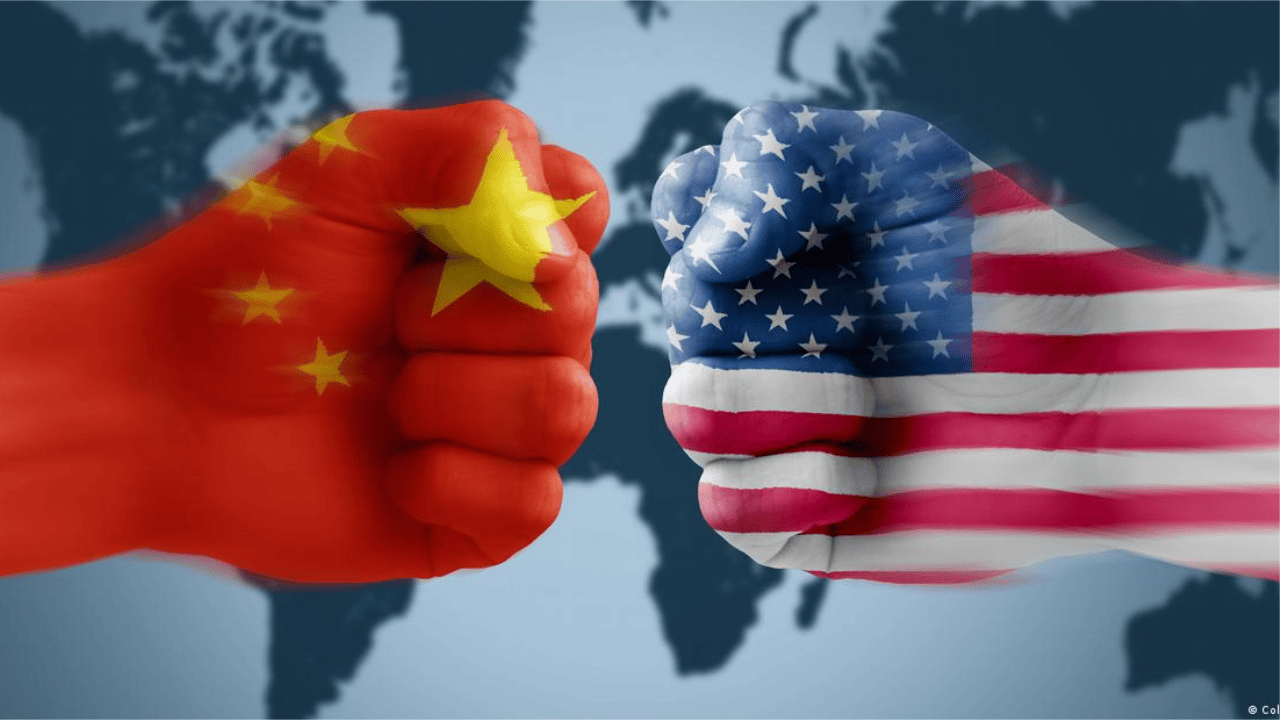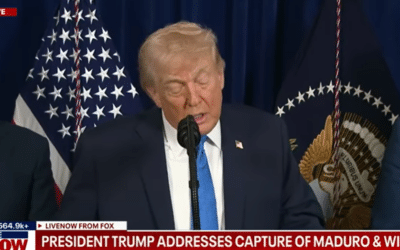American defense officials discussed waging an information war against China with its allies, according to the commander of Naval Information Forces. The planning for an information campaign targeting Beijing comes after officials in Washington concluded that the US successfully used information warfare against Moscow after Vladimir Putin ordered the invasion of Ukraine last year.
American defense officials hosted a conference for allies in San Diego, including the UK, New Zealand, Australia, Japan and Canada. The meeting focused on waging an information war against China.
Vice Adm. Kelly Aeschbach, commander of Naval Information Forces, said more countries are developing methods to fight information warfare. “I want to say we have at least a dozen countries or so that are either establishing information warfare programs or are interested in partnering further in the information warfare realm,” she said.
Aeschbach highlighted Japan as a country developing a powerful information warfare program. Tokyo has expressed significant interest, “in a really positive way,” she continued.
Information warfare is a broad swath of military operations a country can use to disrupt another. It can include spreading disinformation or preventing the spread of information. The Department of Defense recently started deploying information warfare specialists on submarines.
Hal Brands, a senior fellow at the hawkish American Enterprise Institute is warning that China will increase information warfare capabilities. “Russia just got its clock cleaned in the information war from Day One, and they were never able to control the narrative coming out of Ukraine.” He continued, “we should assume that China won’t make the same mistake, that it will try very aggressively to control the information space.”
After a Chinese balloon crossed the US, American officials made evidenceless claims the craft was for surveillance purposes. Beijing asserted that American officials were using the weather balloon to wage an “information war” on China.
In December, journalist Lee Fang revealed how Twitter supports Department of Defense disinformation campaigns. He uncovered how the social media site placed accounts run by the Pentagon on a “whitelist.” Tweets from accounts spreading false information about Yemen, Iran and Russia were promoted.
In March 2022, US officials told Financial Times that Moscow had “requested military equipment and other assistance” from Beijing, the claim was denied by China as well as Russia. Concurrently, during a meeting in Rome, National Security Advisor Jake Sullivan reportedly warned top Chinese diplomat Yang Jiechi that Beijing would suffer “isolation and penalties” if they aided Russia’s war effort.
A month later, US officials speaking with NBC News admitted the “charge that Russia had turned to China for potential military help lacked hard evidence” and was in fact part of Washington’s information war.
Over the weekend, Secretary of State Antony Blinken raised tensions with Beijing further when he confronted his Chinese counterpart Wang Yi during a meeting on the sidelines of the Munich Security Conference. Blinken said “China sent a surveillance balloon over our territory, violating our sovereignty, violating international law. And I told him quite simply that that was unacceptable and can never happen again.”
Beijing maintains that it was a weather balloon, used for civilian purposes only, and that it entered US airspace as a result of abnormal weather. The Washington Post recently reported that US intelligence began tracking the balloon’s trajectory immediately after it was launched from southern China and unexpected weather blew the balloon off course.
Blinken also accused China of “considering providing lethal support to Russia in the war against Ukraine.” Washington has provided no evidence to support this latest claim either and China has strongly rejected Blinken’s assertions.
America’s top diplomat claimed if Beijing “[crosses] that line” it would spark “a new Cold War.” However, the Barack Obama administration already launched a new Cold War against China, dubbed the “Asia Pivot” more than a decade ago. The “pivot” has since been expanded by Obama’s successors and entails the largest military buildup since World War II. The Pentagon plans to shift two thirds of all Air and Naval forces to the Asia Pacific, encircling China. Washington is spending billions of dollars transferring new bases, ships, and weapons systems to the region in preparation for a future war with China.































